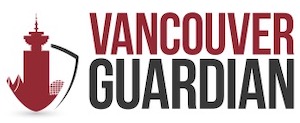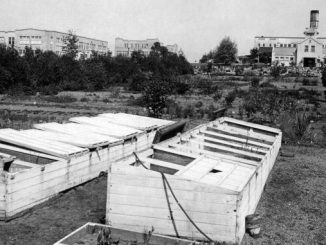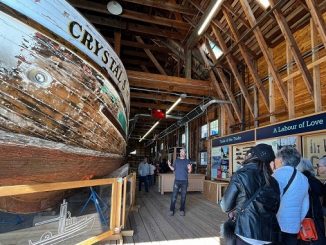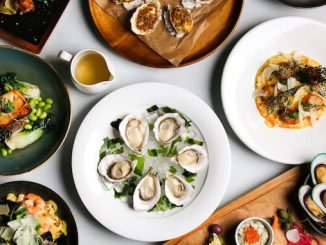Located just 20 minutes from downtown Vancouver at the University of British Columbia on unceded Musqueam Territory, the Museum of Anthropology houses nearly 50,000 ethnographic objects, carvings, weavings and contemporary artworks from around world, including the South Pacific, Asia, Africa, Europe, the Americas, and First Nations of the Pacific NorthWest. Upon entry to the museum, visitors will be captured by the dramatic forestry and traditional native totem poles that surround the property, as well as the renowned glass building that houses the museum, designed by Arthur Erickson and erected in 1976.
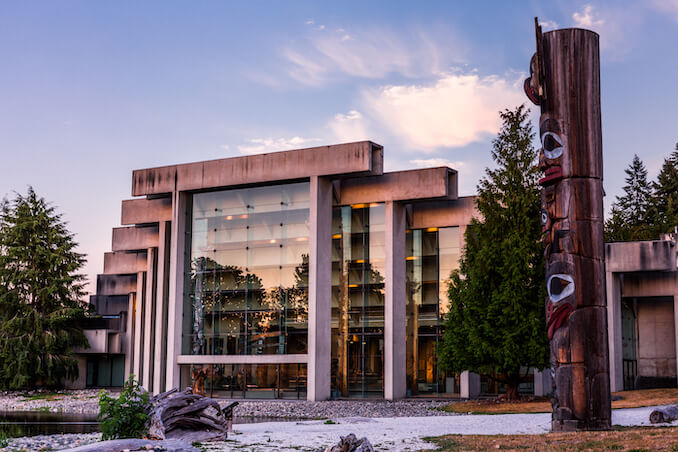
“The fact that we are hosted on Indigenous Land and that we are a University museum gives us a very specific identity in that we are not afraid of doing experimental things”, said Dr. Nuno Porto, Curator of Africa and South America. In addition to their relationships with the surrounding Indigenous communities of the Pacific NorthWest, the Museum of Anthropology is one of the largest teaching museums in Canada and works with Undergraduate and Graduate students at UBC. Thus, they aim to challenge our current idea of history and extend that idea beyond the Western historical narrative, while also fostering a culture of learning, as opposed to conforming to the status quo. This speaks to the Museum’s overarching mandate, which strives to decentralize the forms of knowledge that Canada has acquired from Western institutions and unlearn colonial practices, all in order to shape the museum as not only a research centre but also a community and non-exclusionary institution.
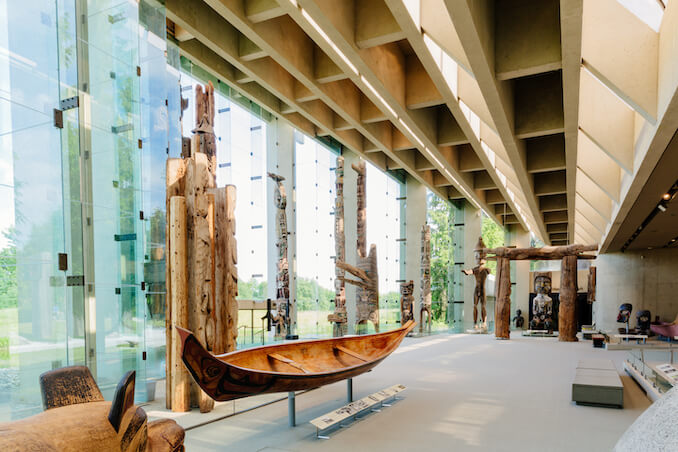
One theme that prevails throughout the museum’s exhibits and their mission is their dedication to bringing to light difficult conversations such as repatriation and ethical forms of collection, a topic that has been highly polarized within academia in recent years. “We don’t claim to have answers for these things but we are certainly well prepared to search for answers and to listen. We see ourselves as bestowing material culture which is part of the knowledge and spirit of many groups, and we try to engage the collections with the life of their roots”, Dr. Porto said, referring to the Museum’s emphasis on exhibits that build ideas in order to provoke stereotypes and create spaces for contemplation and to rethink previously acquired knowledge. This is exemplified in a new exhibit, Sankofa, a Ghanian word meaning “go back and grab it”, which is centred around contemporary works from Black Canadian and African artists, drawing connections to historical contributions in the forms of art and culture of Black and African communities.

The site is home to several multiversity galleries, a term coined to push back against the colonial term “university” which implies that there is only 1 form of knowledge, as well as 3 galleries with temporary displays, entitled the O’Brien Gallery, the Audain Gallery, and the Masterworks Gallery. Recently closed was a unique exhibition, A Future for Memory, that focused on the Fukushima disaster in Japan which coincided with the current climate crisis, providing a global example of the detriments of climate change to human civilization. An upcoming exhibit, In a Different Light, is going to be a temporary gallery focused on showcasing 42 contemporary NorthWest coast artists and the masterpieces of their work.
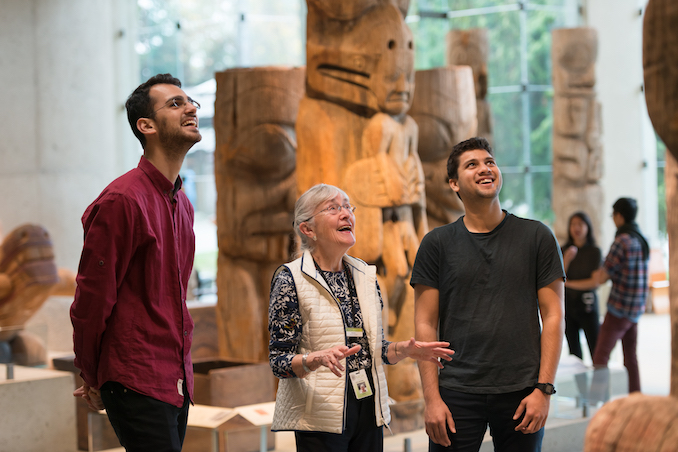
Above all, the Museum of Anthropology places a strong value on the idea of there being multiple ways of looking at the world, and therefore multiple forms of knowledge. While they are centred in the Pacific NorthWest, they collaborate with a multitude of experts around the world to inform their exhibits on history outside of North America, focusing on not just culture but also Art, Philosophies, and Politics. It is these ideals that enable the museum to aid UBC in pushing forward education surrounding Indigenous history and Indigenous knowledge, a movement that the Museum of Anthropology has been a trailblazer in since the 1970s.
To learn more about or visit the Museum of Anthropology, please visit their website.
